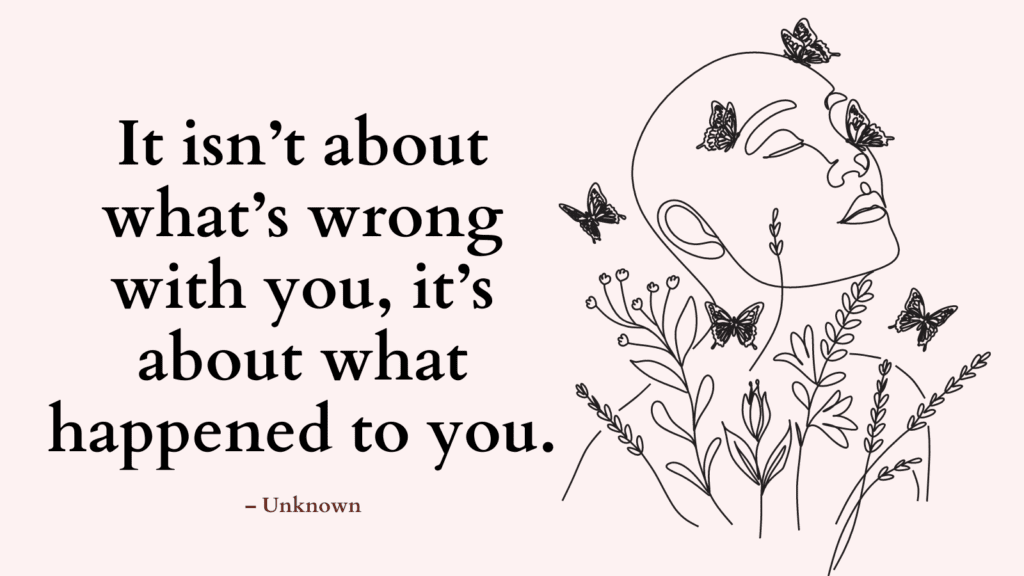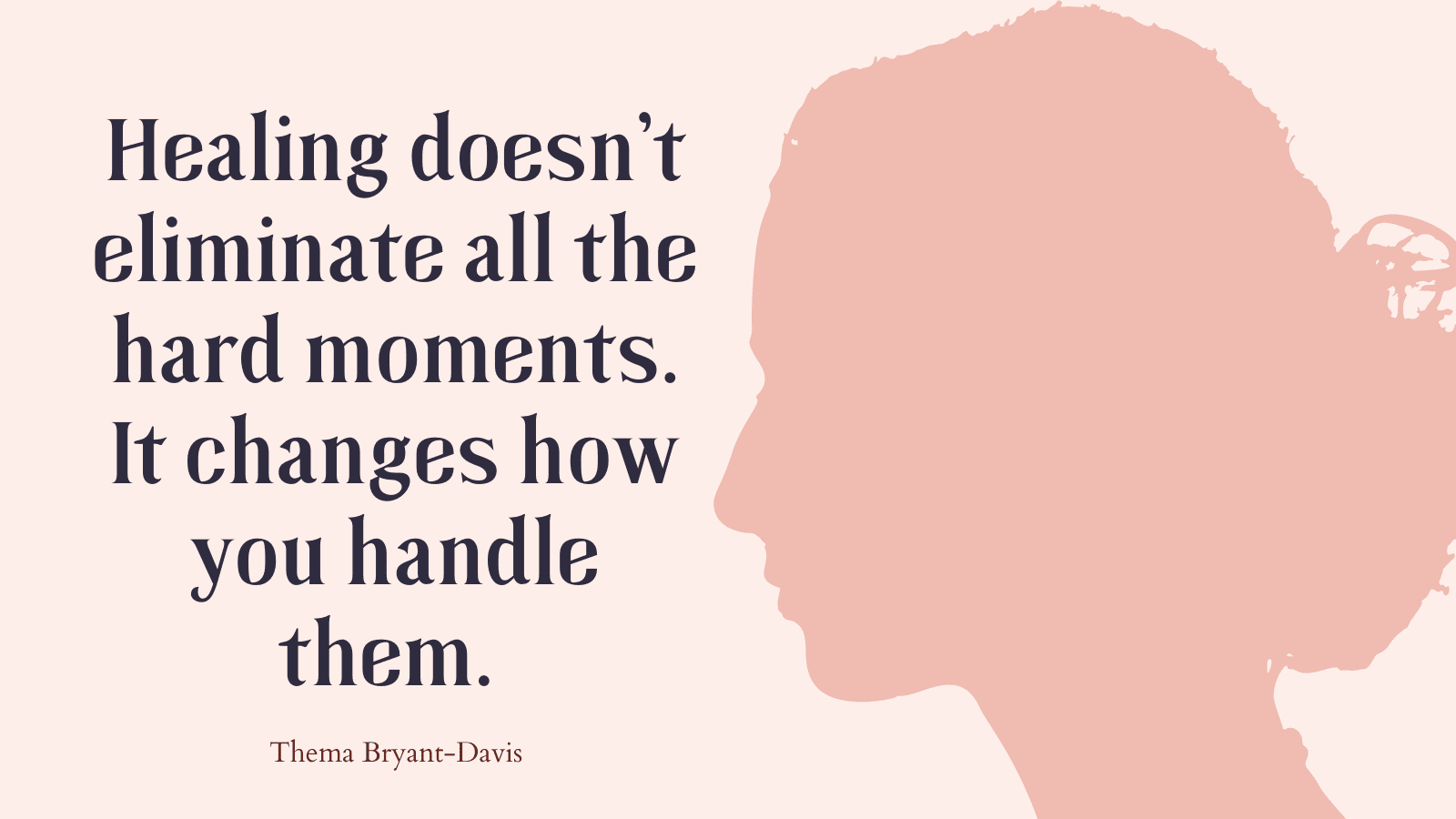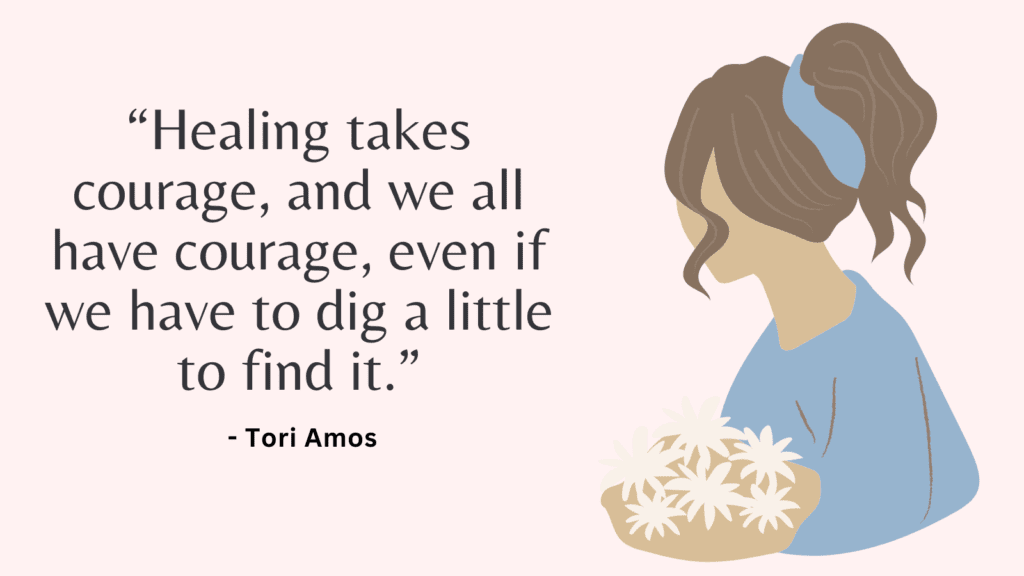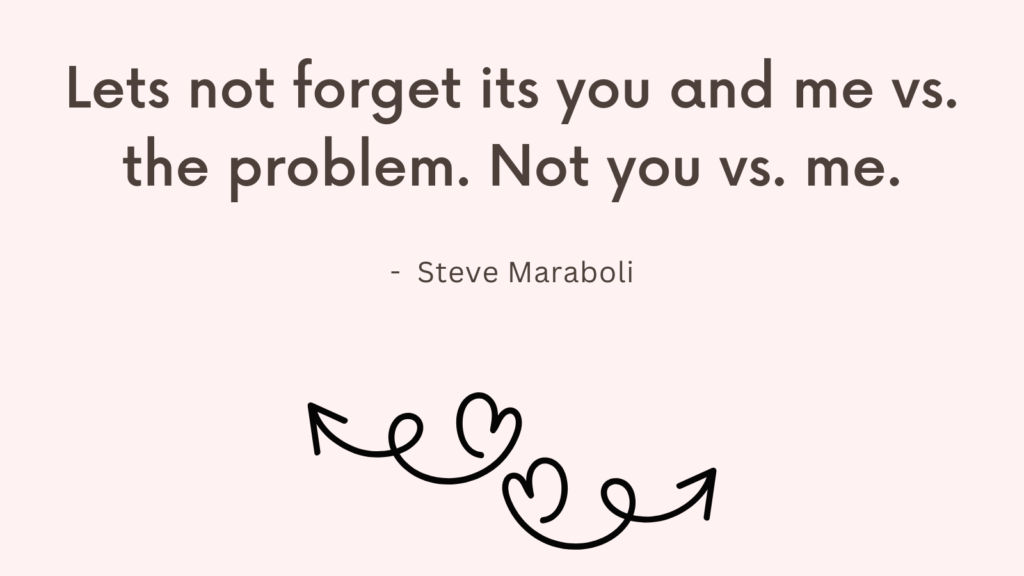In this post, you’re going to learn all about anxious preoccupied attachment style.
Our attachment style lays the foundations of unconscious beliefs about ourselves, and expectations we hold of other people and relationships.
What Is Anxious Preoccupied Attachment Style?
Anxious preoccupied attachment style is an attachment style in which a person experiences anxiety and fear of abandonment in their relationships.
According to the attachment theory, anxious preoccupied attachment style is associated with childhood experience of intrusive or role-reversing parenting. That is the child’s attention is persistently focused on a parent who is often incompetent, ill, anxious, or critical of the child.
Anxious preoccupied attachment can then be transferred into adult friendships and relationships and even lead to a greater prevalence of anxiety disorders.
Related: How To Fix Anxious Attachment Style In 5 Steps
6 Signs Of Anxious Preoccupied Attachment Style
The following are some common symptoms you may have an anxious preoccupied attachment style:
1. You are often insecure about your own worth in a relationship.
2. You may blame yourself or label yourself as not worthy of love when rejected or when your partner doesn’t respond to your needs.
3. You need constant reassurance that you are loved and worthy.
4. You may experience strong fear of abandonment, especially when suspicious of your partner.
5. You become desperate and clingy when fear of abandonment or feelings of jealousy are triggered.
6. You constantly seek intimacy and closeness, and can be highly emotional and dependent on others for meeting your strong emotional needs.
Related: Best 21 Couples Journal Prompts To deepen Your Intimacy

Attachment Theory
Because infants need their caregivers for survival, they are hardwired with a need to connect with others, and the means to do that.
They can get others to care for them by crying, and are usually comforted by being held.
It’s in these early years that we learn how relationships can make us feel safe and calm us when we feel upset.
In the late 1950s, British psychologist John Bowlby offered an evolutionary theory of attachment that suggests that children come into the world with an innate need to attach to one main attachment figure, because this will help them to survive.
He also suggested that attachment figures should be warm and emotionally available, in order for children to thrive. This idea was in direct conflict with what mothers were taught at that time: That is, a nurturing approach to childrearing would make children clingy and too dependent.
Related: 10 Steps To End Fearful Avoidant Chase
A Working Model Of Self And A Working Model Of Others
Current research (Bartholomew and Horowitz, 1991) suggests that attachment styles (whether secure or insecure) are based on two “working models”—a working model of self and a working model of others.
The working model of self refers to your sense of how worthy or unworthy you feel of being loved.
When you feel unworthy of love, you also fear rejection and abandonment and struggle with an attachment-related anxiety.
The working model of others refers to your expectation of whether or not others will be emotionally available to you.
When you expect that others won’t be there for you, you may feel uncomfortable with getting close and may avoid it. This is what psychologists call attachment-related avoidance.
Related: How To Overcome Avoidant Attachment Style?
Four Primary Attachment Styles
Continued research in the area of attachment theory has defined four primary attachment styles in children:
Secure – this is when the child is confident that their caregivers can meet their needs.
Anxious-preoccupied – this is when the child is used to caregivers who are inconsistent so they continuously seek reassurance and exaggerate their distress to elicit a caring response.
Avoidant – this is when the child perceives their caregiver as indifferent or emotionally unavailable so they avoid showing distress.
Disorganized – this is when the child is used to receiving inconsistent emotional support and is often abused so they both crave attention but also show fear towards their caregiver.
The latter three are known as insecure attachment styles.
The core principles of attachment theory can also be applied to adults and their relationships.
The attachment style established during childhood can have a lifelong influence on your sense of self-worth and your attachment patterns later in other relationships.
| Anxious-Preoccupied | High Anxiety, Low Avoidance |
| Avoidant | Low Anxiety, High Avoidance |
| Disorganized | High Anxiety, High Avoidance |
| Secure | Low Anxiety, Low Avoidance |
Related: Affection Quiz (+3 Strategies To Increase Affection In Your Relationship)
Causes Of Anxious Preoccupied Attachment Style
There are a number of factors that can play a role in the development of an anxious preoccupied attachment style, mainly:
1. Genetics
Genetic research indicates that up to 45% of the variability in anxious is genetic. (*)
2. Inconsistent and unpredictable parenting
A parent who is inconsistent is a parent who is nurturing and attentive towards their child at times, but insensitive or antipathetic at other times.
3. Role-reversing parenting
In this case, the parent or caregiver would seek emotional/physical closeness with the child in order to satisfy their own needs, rather than their child’s.
Such parent pay appear over-protective or intrusive.
4. An anxious Parent
A parent with an anxious attachment style may cause their child to develop an anxious attachment style. This isn’t necessarily about genetics.
Related: Emotionally Unavailable Parents Test (+FREE Worksheets)
How To Overcome Anxious Preoccupied Attachment Style?
The following strategies will help you feel more secure in yourself and your relationships:
#1. Increase Self-Awareness
Become aware of how you behave in relationships and what triggers your anxiety.
Related: Best 35 Journal Prompts To Get To Know Yourself
#2. Choose A Partner With A Secure Attachment Style
Educate yourself on different attachment styles and red flags in relationships to avoid toxic partner who will trigger your anxiety.
If you’re already in a relationship, work with your current partner toward a more secure attachment style.
Related: Relationship Red Flags Quiz
#3. Practice Mindfulness
Use mindfulness and other relaxation strategies to regulate your emotions.
#4. Challenge Your Negative Thoughts
Use cognitive behavior therapy to identify cognitive distortions and reframe your distorted thoughts.
Related: CBT Worksheets Bundle (FREE PFD Download)
#5. Work With A Therapist
Find a therapist who can help you overcome anxious-preoccupied attachment and become more secure.
Psychologist Locator and the National Register are two websites for locating psychologists in USA.
Online therapy is also an option. It can be much more affordable than in-person therapy, but can be equally effective. (source)
FREE Printable Relationship Worksheets (PDF)
References
- Portions of this article were adapted from the book Insecure in Love, © 2014 by Leslie Becker-Phelps. All rights reserved.
- Anxious Attachment Style Guide: Causes & Symptoms (attachmentproject.com)
- Anxious Attachment: How to Know If You Have It and What to Do About It (webmd.com)
- Anxious Preoccupied Attachment | Integrative Life Center
- Attachment Theory 101: Your Guide to Anxious Attachment Style – Relish (hellorelish.com)
- Can You Go From Insecure to Secure Attachment Styles? (psychcentral.com)
- Attachment Styles and How they Affect Your Relationships (markmanson.net)
- Anxious Attachment: Strategies for Coping (verywellhealth.com)
- What Causes Anxious Attachment Style & How To Heal (parentingforbrain.com)




